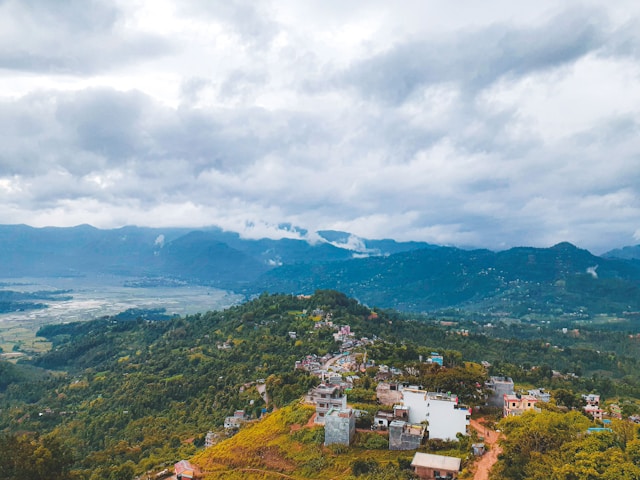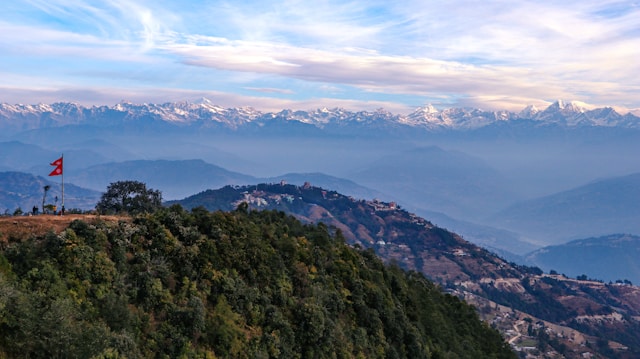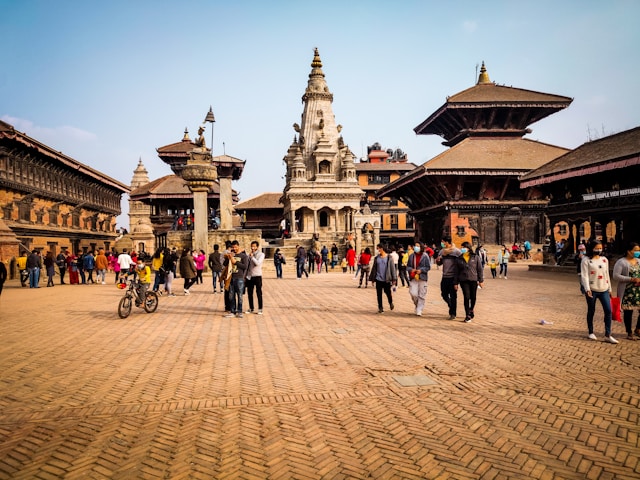A Gateway to Himalayan Splendor: Syabrubesi
Nestled in the Rasuwa district of Nepal, Syabrubesi serves as the quintessential gateway to the majestic Langtang Valley, welcoming trekkers with its warm hospitality and rustic charm. Located at an elevation of approximately 1,470 meters, this Himalayan village is where the adventure truly begins, offering the first glimpses of snow-capped peaksshimmering under pristine blue skies. With traditional lodges lining its winding lanes and the Bhote Koshi River carving its path nearby, Syabrubesi sets a serene stage for explorers embarking on one of Nepal’s most rewarding treks.
Langtang Valley Trek: An Immersion in Natural Beauty
From Syabrubesi, the trail leads through lush forests, terraced hillsides, and remote Tamang settlements. The Langtang Valley Trek is renowned for its breathtaking landscapes, where towering cliffs, cascading waterfalls, and verdant alpine meadows converge to create a visual masterpiece. As we climb higher, the dense subtropical forests gradually give way to rhododendron and pine woodlands, each step revealing new layers of natural splendor.
Experiencing Local Culture Along the Trail
Trekking through the Langtang region is not merely a journey through nature; it is also an intimate encounter with the Tamang culture, one of Nepal’s most vibrant ethnic communities. Traditional stone houses adorned with colorful prayer flags, ornate monasteries echoing with the chants of monks, and friendly villagers eager to share their stories—all these elements bring the region’s unique cultural tapestry to life. The village of Lama Hotel, the stopover on the first trekking day, offers an authentic introduction to mountain hospitality and a glimpse into the daily lives of the Tamang people.
The Enchanting Forests of the Langtang National Park

Within the borders of Langtang National Park, Nepal’s first Himalayan conservation area, we find ourselves immersed in an ecosystem teeming with wildlife and plant species. Rare animals such as the red panda, Himalayan tahr, and musk deer inhabit these dense forests. The crisp air carries the scent of wildflowers, while the calls of exotic birds like the Himalayan monal and blood pheasant provide a natural soundtrack to the journey. This protected area is a sanctuary of biodiversity, elevating the trekking experience beyond just stunning scenery.
Climbing Toward Kyanjin Gompa: A Spiritual and Scenic Haven
The trek’s highlight is reaching Kyanjin Gompa, situated at an altitude of 3,870 meters. This ancient monastery, surrounded by awe-inspiring peaks such as Langtang Lirung (7,227 meters) and Dorje Lakpa, is a place where spirituality and grandeur coexist. Here, we stand beneath a vast canvas of blue skies, with panoramic views of snow-covered mountains stretching endlessly into the horizon. Nearby, the glaciers and yak pastures of Langshisha Kharka offer further opportunities for exploration and photography.
Optional Ascents: Tserko Ri and Kyanjin Ri for Unmatched Vistas
For those seeking a more challenging adventure, side trips from Kyanjin Gompa to Tserko Ri (4,984 meters) or Kyanjin Ri (4,773 meters) are highly rewarding. The early morning ascent to these peaks is greeted by a spectacular sunrise illuminating the Langtang range in shades of gold and crimson. Standing atop these viewpoints, trekkers are rewarded with a 360-degree panorama of snow-draped giants, including Shishapangma in Tibet, offering one of the finest mountain views in Nepal.
Flora and Fauna: A Paradise for Nature Lovers
Beyond the dramatic landscapes, the Langtang region’s rich flora and fauna provide endless fascination. In spring, hillsides burst into color with blooming rhododendrons, magnolias, and primulas. Medicinal herbs like yarsagumba, prized for their healing properties, can also be found in these mountains. Wildlife enthusiasts may catch glimpses of Himalayan black bears, snow leopards, and numerous species of butterflies and moths that thrive in this pristine environment.
A Trek for All Seasons: Weather and Best Time to Visit
The best time to trek in the Langtang region is during the spring (March-May) and autumn (September-November)seasons when skies remain clear and temperatures are moderate. Spring brings vibrant blossoms and a sense of renewal, while autumn offers crisp air and unparalleled mountain views. Although winter and monsoon treks are possible, they come with challenges such as heavy snowfall or landslides, making planning and preparedness essential.
Practical Tips for a Successful Trek
To fully enjoy this trek, proper preparation is key. We recommend packing layered clothing to adapt to fluctuating temperatures, sturdy trekking boots for the rugged trails, and a reliable sleeping bag for chilly nights at higher elevations. It is also important to carry a water purification system or tablets, as well as sufficient snacks for energy. Hiring a licensed guide and porter not only eases the journey but also contributes to the local economy. Additionally, securing a TIMS card and Langtang National Park entry permit before departure from Kathmandu ensures a smooth trekking experience.
Savoring Local Cuisine: Fuel for the Adventure
Along the trail, teahouses serve hearty meals that are a delightful blend of Nepali and Tibetan flavors. Dishes like dal bhat, thukpa (noodle soup), and Tibetan bread with yak cheese provide the necessary nourishment for long trekking days. Freshly brewed ginger tea or salty butter tea helps to ward off the cold, while momo dumplings make for a delicious treat after a day’s hike.
A Journey to Remember
The journey from Syabrubesi through the Langtang Valley is more than just a trek; it is an unforgettable odyssey through nature’s wonders and cultural treasures. Each day reveals new landscapes, from dense forests and alpine meadows to towering mountains and sacred monasteries. The ever-present snow peaks and brilliant blue skies create a backdrop of unmatched beauty, while the kindness of local communities leaves a lasting impression.


